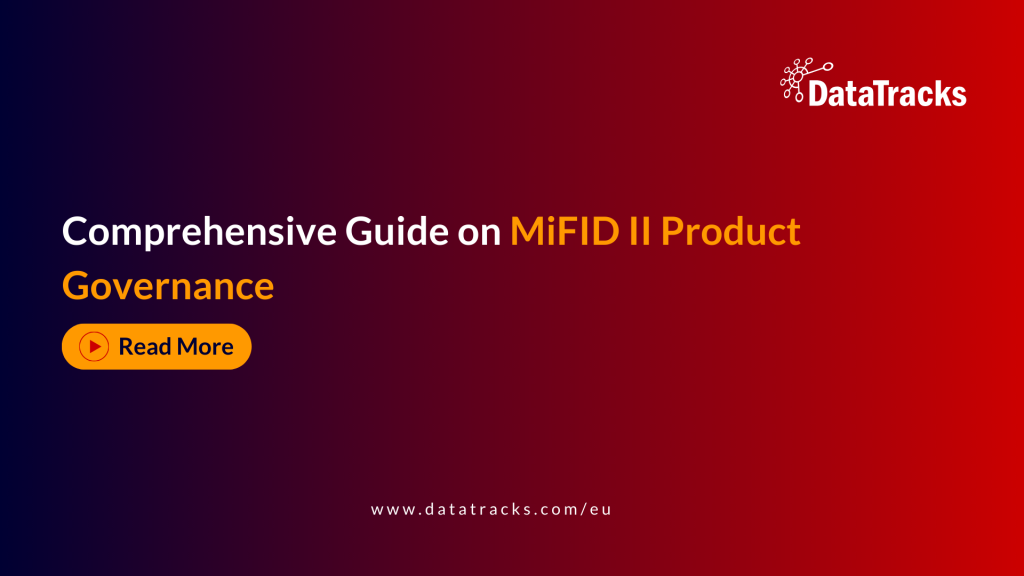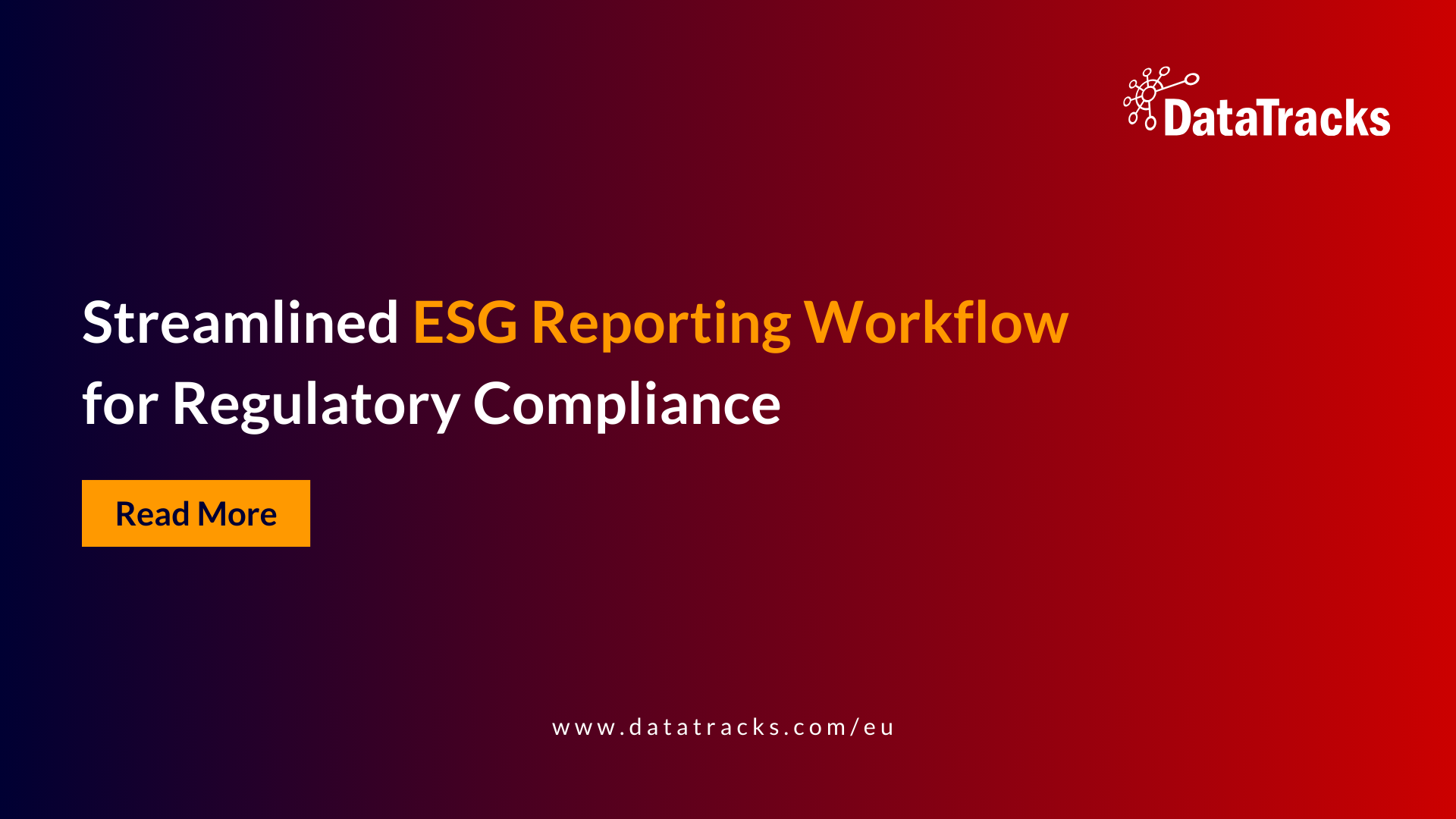MiFIR Transaction Reporting: PART 1
The new Markets in Financial Instruments Regulation (2014/600/EU) (MiFIR) is set to introduce a new and highly comprehensive, complex, and onerous regulatory reporting framework throughout the European Union (EU) for financial services firms in January 2018. In this four part series of blogs we aim to identify the complexities and challenges that the new MiFIR transaction reporting will introduce. In PART 1 we will set out an overview of the transaction reporting framework. In PART 2 we will set out the detailed operational requirements for firms. In PART 3 we will set out the challenges and complexities of MiFIR transaction reporting, and in PART 4 we will set out the reasons why firms should delegate their MiFIR reporting obligations.
An Overview of MiFIR Transaction Reporting
MiFIR entered into force on 2nd July 2014, is binding in its entirety and will be directly applicable in all EU Member States from 3rd January 2018. Article 26(1) MiFIR stipulates that Investment Firms which execute transactions in Financial Instruments are required to report complete and accurate details of such transactions to their National Competent Authority (NCA) as quickly as possible, and in any event no later than the close of the following working day. This reporting obligation is applicable to:
(1) Financial Instruments which are admitted to trading or traded on a trading venue (or for which a request for admission to trading has been made);
(2) Financial Instruments where the underlying Financial Instrument is traded on a trading venue;
(3) Financial Instruments where the underlying is an index or basket composed of Financial Instruments traded on a trading venue.
‘Transaction’ s defined to mean the conclusion of an acquisition or disposal of a Financial Instrument. An acquisition includes a purchase of a Financial Instrument, entering into a derivative contract, and an increase in the notional amount of a derivative contract. A disposition includes the sale of a Financial Instrument, closing out of a derivative contract, and a decrease in the notional amount of a derivative contract. A number of activities are expressly excluded from the definition of transaction, including contracts arising exclusively for settlement or clearing purposes, a portfolio compression, and an acquisition under a dividend reinvestment plan.
An investment firm will be deemed to have executed a transaction where it receives or transmits orders in relation to one or more Financial Instruments, it executes orders on behalf of clients, it deals on own account, it makes an investment decision in accordance with a client’s discretionary mandate, or it transfers Financial Instruments to or from accounts.
The transaction reports submitted by investment firms must include details of:
(1) the names and numbers of the Financial Instruments bought or sold;
(2) the quantity, the dates and times of execution;
(3) the transaction prices;
(4) a designation to identify the clients on whose behalf the investment firm has executed that transaction;
(5) a designation to identify the persons and the computer algorithms within the investment firm responsible for the investment decision and the execution of the transaction;
(6) a designation to identify the applicable waiver under which the trade has taken place;
(7) means of identifying the investment firms concerned;
(8) a designation to identify a short sale[1]
Transaction reports are to be submitted to NCAs by either the investment firm or an Approved Reporting Mechanism (ARM) acting on behalf of the investment firm.
If you would like to receive further information about our MiFID II expertise and solutions please email DataTracks at: enquiry@datatracks.eu.
[1] As defined in Article 2(1)(b) of Regulation (EU) No 236/2012 in respect of any shares and sovereign debt within the scope of Articles 12, 13 and 17 of that Regulation.






































